How do I find the optimal seating position on a mountain bike?
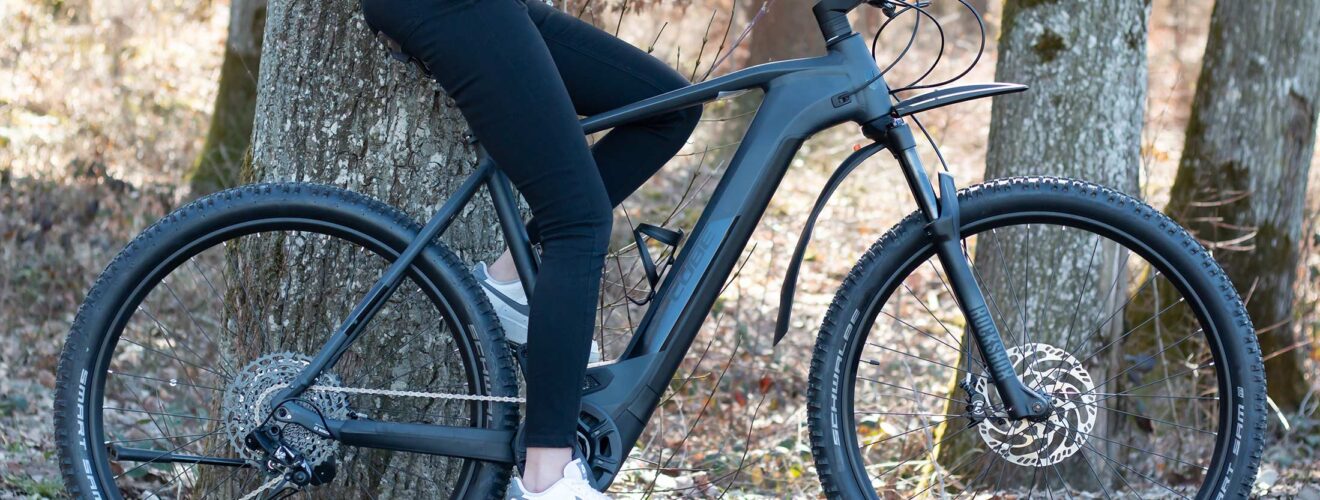
Cycling is healthy, we all know that. Cycling trains the cardiovascular system, the lungs and the muscles. A correct sitting position is crucial, because most people sit incorrectly on the bike and risk tension and problems in the back, neck and wrists.
Frame height and length are crucial for the correct riding position. You should measure your body and then make the correct adjustments to the bike. For frequent riders who sit on the bike every day, the 70-90 degree position is recommended. Mountain bikers have a very individual riding position. On a race bike you sit more sportily than on an enduro bike – depending on how much riding safety is required.
How do I determine the stride length (also called stride height)?
Tip: It is best to have another person help you.
- Take off your shoes. Measure in socks or barefoot.
- It is best to stand upright against a wall dressed in underwear or cycling shorts.
- Push a spirit level or a book up on edge between your thighs as far as possible. A book is advantageous because you can simply hold it against the wall at a 90° angle.
- Measure the distance from the top of the spirit level or book to the floor.
- This is your stride length
Mountain bike formula: stride length x 0.57
Calculate saddle height correctly
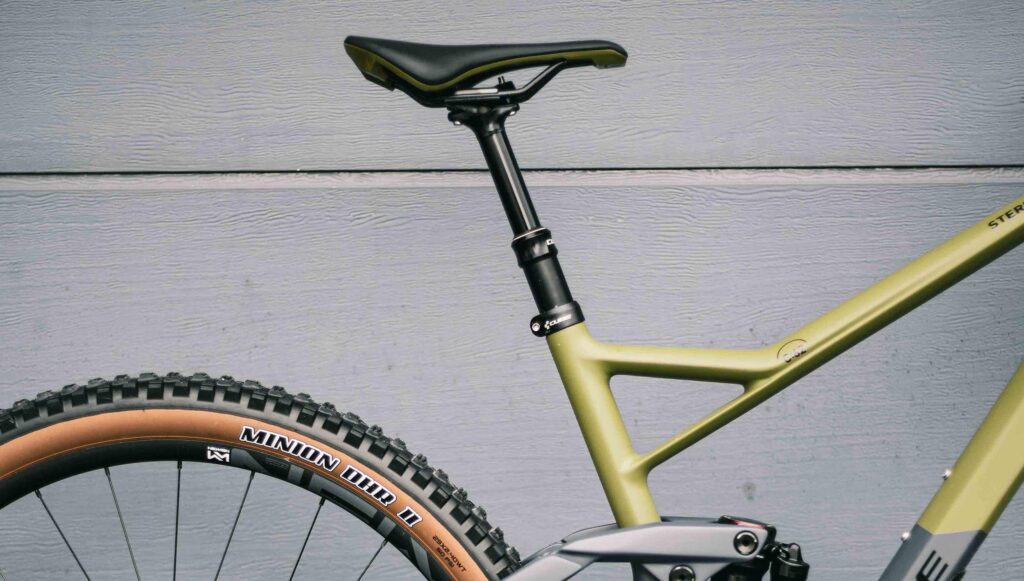
Heel method:
Sit on your bike and try to reach the right pedal with your knee extended and your heel on the pedal (it’s best to have someone help you so you don’t fall over). The pedal is in the lowest position. If you cannot reach the pedal in this way, the saddle is set too high.
The Hügi method (named after the Swiss Wilfried Hügi):
After calculating your stride length (inside leg length), multiply it by 0.885 to get the saddle height. You measure from the centre of the pedal axle to the top of the saddle.
The LeMond method:
Named after the famous cyclist Greg LeMond, who developed this formula with his coach in the 80s. Take your stride length and multiply it by 0.883. You measure from the centre of the pedal axle to the top of the saddle.
The “Exact” method
Inside leg length x 1.09. You also measure from the centre of the pedal axle to the top of the saddle.
The Holmes method:
To be on the safe side, you are welcome to have your body and bike data accurately measured and adjusted when you buy a bike in our shop.
All information and formulas serve as a guide and are no substitute for professional body measurement.
Saddle angle
A correct seat distribution is responsible for a healthy riding position. Ideally, the saddle should be horizontal and only slightly tilted. A spirit level is the best way to align the saddle.
Handlebar adjustment
A back-friendly upper body position is achieved when the pelvis tilts slightly forward and a slight hollow back is created. The resulting natural S-shape of the back tightens the muscles and thus prevents injuries.
Handlebar width
The ideal handlebar width is calculated from the shoulder width plus twice the hand width. Mountain bikers usually use wide handlebars to help them steer their bikes better.
Handlebar bend
The wider the handlebars and the more upright the riding position, the greater the handlebar bend. On mountain bikes, the handlebar bend is between 5 and 16 degrees.








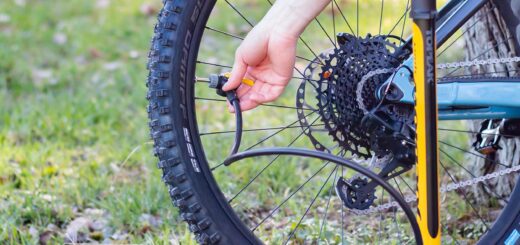
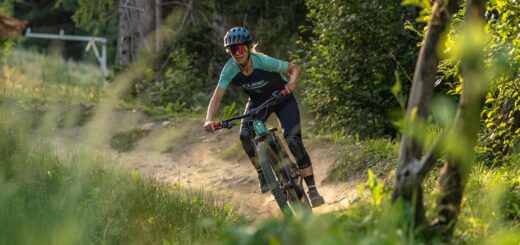
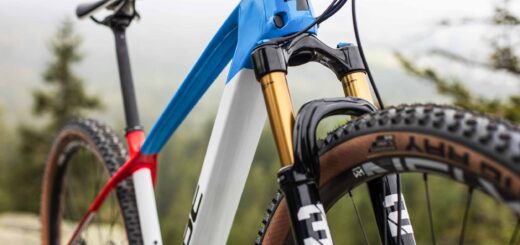









Recent Comments